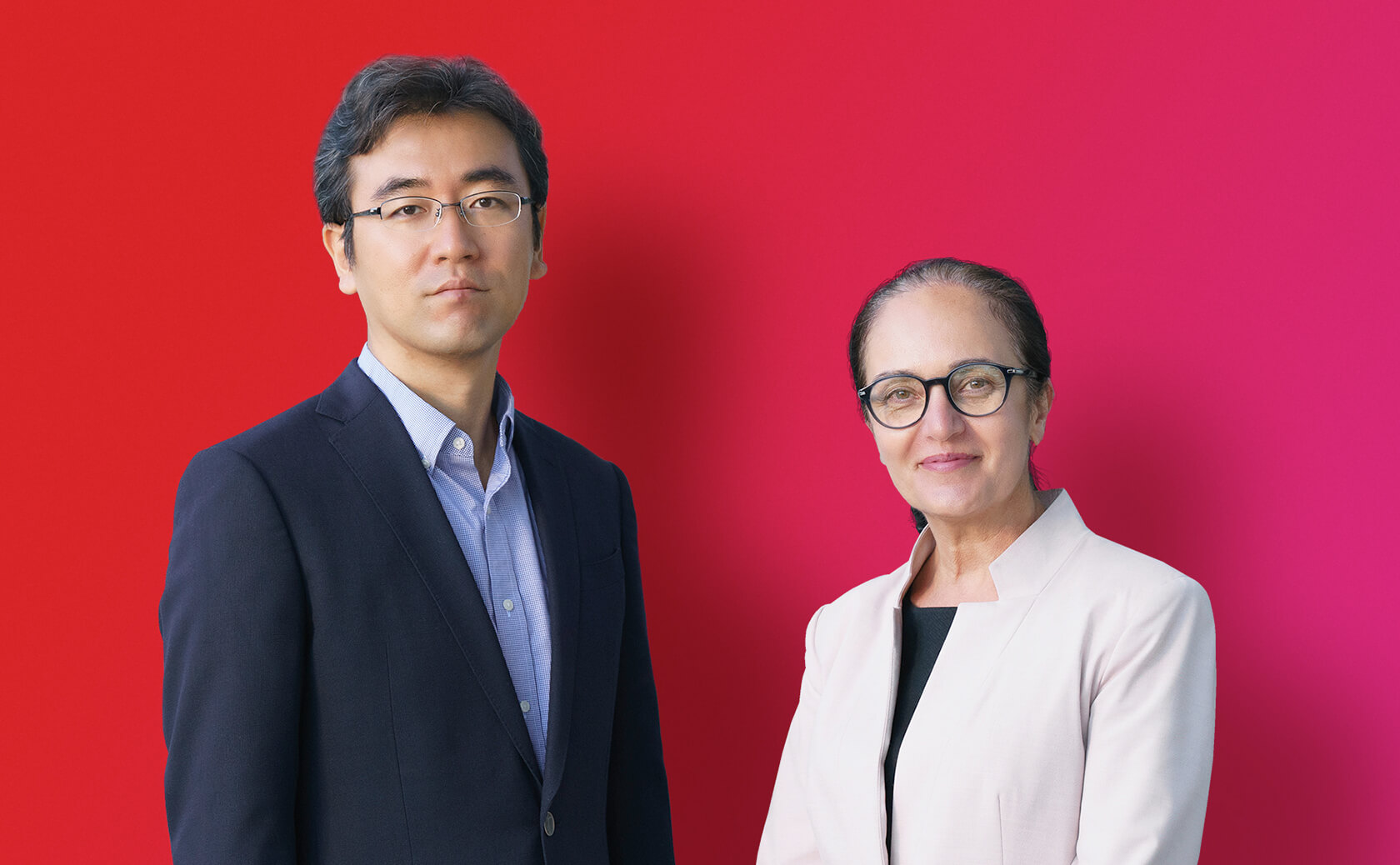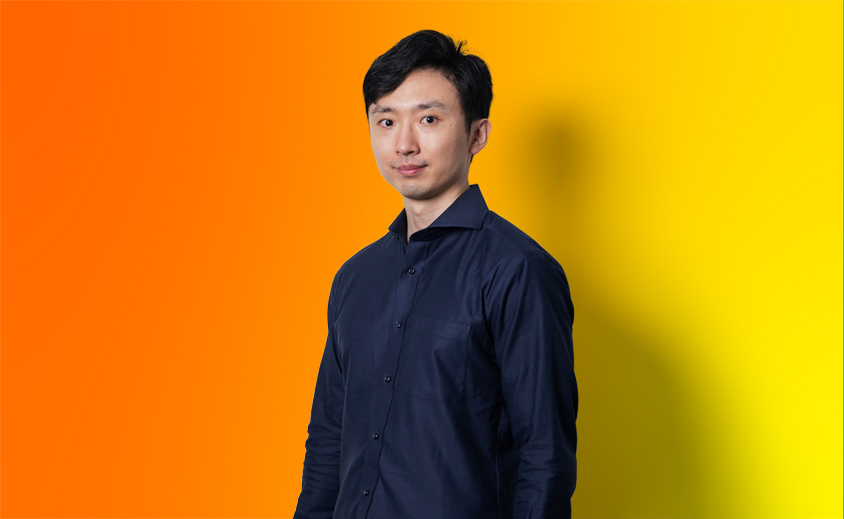How AI is Pushing the Limits of Cardiac Medicine
Fujitsu / April 14, 2022
While various diseases have been eliminated or controlled by advancements in medicine, heart disease is still the leading cause of death in the world after more than 30 years (*1) and, in Japan, it is the second leading cause of death after cancer (malignant neoplasm) since 1997 (*2).
Early detection of heart disease, which is essential for reducing mortality, still relies on the conventional method of physicians reading electrocardiograms (ECG). Ultrasonography, which can make a definitive diagnosis, is not always used due to a lack of equipment and human resources.
However, AI-based ECG analysis is about to revolutionize the speed and accuracy of determining the presence or absence of cardiac disease. We spoke with Dr. Katsuhito Fujiu, Medical Doctor, Cardiologist. Associate Professor, Department of Cardiovascular Medicine, the University of Tokyo; Yoshimasa Kadooka, the principal expert in the Uvance Value Design Office, AI Engineering, Fujitsu Ltd; and Yuhei Umeda, a project manager at Fujitsu Research, AI Laboratory, to learn more about this project.

The social issue of increasing rates of cardiac disease and the shortage of medical specialists
--Why is heart disease still the leading cause of death in the world and the second main cause in Japan?
Dr. Fujiu: As a specialist in cardiac medicine, I have spent many years researching the factors that cause heart disease and how to prevent it. For this project, I am in charge of evaluating the clinical perspectives of the AI algorithm and the research ethics application part of the AI in learning patients’ diagnostic information.
Identifying the reasons for the high prevalence of heart disease remains a difficult challenge. Heart disease is not merely the leading cause of death; it is also on the rise. While some diseases have decreasing mortality rates, heart disease is still increasing in Japan, along with cancer. It also continues to be the number one killer in the world, which is why cardiologists are often asked if they are fulfilling their duties.
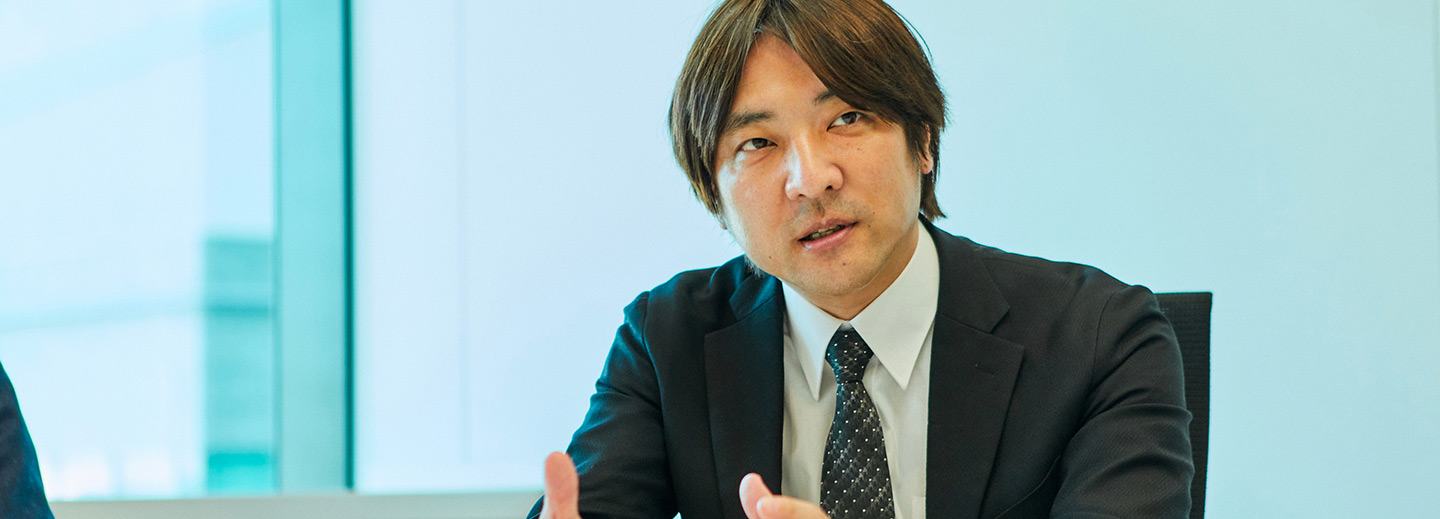
--What methods are employed for its early detection?
Dr. Fujiu: Generally, a physician reads and diagnoses using an electrocardiogram and, if cardiac disease is suspected, an echocardiogram is performed. However, not all cardiologists are able to read the waveform of the electrocardiogram correctly.
Also, recent ECG machines include an automatic diagnostic function, where the function mainly gives the ECG findings, not a disease name, so it is difficult for physicians to make a final diagnosis of the disease.
--Echocardiography is a more detailed analysis than electrocardiography, isn’t it?
Dr. Fujiu: Echocardiography can diagnose cardiac disease definitively, but a specialist must operate it and interpret its readings. Echocardiograph equipment is used mainly at specialist facilities with a high level of cardiac expertise. There are probably about 2,500 such facilities in Japan, with at least one specialist and two or three specialists at larger facilities.
--What is the rate of serious illness due to delayed detection?
Dr. Fujiu: That is a difficult question to answer. There are about 70,000 people hospitalized for myocardial infarction and 250,000 people for heart failure each year, but no data is available to determine how much late disease detection has resulted in serious illness. In any case, early heart failure detection is vital because heart failure is a recurring disease, and each time it occurs, the patient is closer to death. But we have a dilemma: we could increase testing, and then early detection would increase too, but there is a shortage of specialists, which limits the number of tests we can do. Therefore, we had to change our approach to cardiac disease.
(*1) Our World in Data. “Causes of Death”
https://ourworldindata.org/causes-of-death
(*2) Ministry of Health, Labour and Welfare, “Annual Trends in the Number and Rate of Death (per 100,000 population) by Ranked Cause of Death (up to 5th)”
https://www.mhlw.go.jp/toukei/saikin/hw/jinkou/suii09/deth7.html
The use of AI to determine the presence or absence of cardiac disease through ECG analysis
--Please elaborate on that shift in approach.
Dr. Fujiu: Over the past 20 years, I have been striving to determine the primary causes or underling mechanisms of heart disease and reduce mortality rates. However, the number of heart disease death is still increasing. Meanwhile, I had heard that AI provides the same level of expertise as a doctor with the added advantage of not becoming tired. So, I thought I could use AI to analyze electrocardiograms repeatedly and in large numbers. An effective approach to early detection and reducing mortality was definitely an unmet medical need.
--What specific role does AI play in diagnosis?
Dr. Fujiu: We are testing an algorithm in a clinical study that indicates the need for secondary tests: “ECGs that might detect abnormalities if echocardiography is performed”. We have obtained quite good results from the AI to find those who “should have an echocardiography examination about once a year” by applying it to actual data from past patients.
Currently, we are testing whether the AI can find patients with possible abnormalities among those whose doctors have previously determined that echocardiography examinations are unnecessary.
--Are there any other ideas under consideration?
Dr. Fujiu: We are working separately on an algorithm to pick up “ECGs that are normal now but may show abnormalities in the future”. This work is more of a challenge, but we can get even closer to our goal of reducing the mortality rate in the not-too-distant future if we can accomplish this.
--From the standpoint of AI researchers, how do you view the results of this project?
Umeda: I am trying to create a new technology from basic research on AI, especially the deep learning at Fujitsu AI Laboratory. I started my own project of waveform analysis technology using a technique called TDA (*3), and I am also working on electrocardiographs for its verification.
I am responsible for developing AI algorithms to use in clinical experiments for this project. I believe that AI is meaningless unless it can be used with purpose and make people happy. Therefore, I think there is value in applying AI for practical purposes rather than as a research subject.
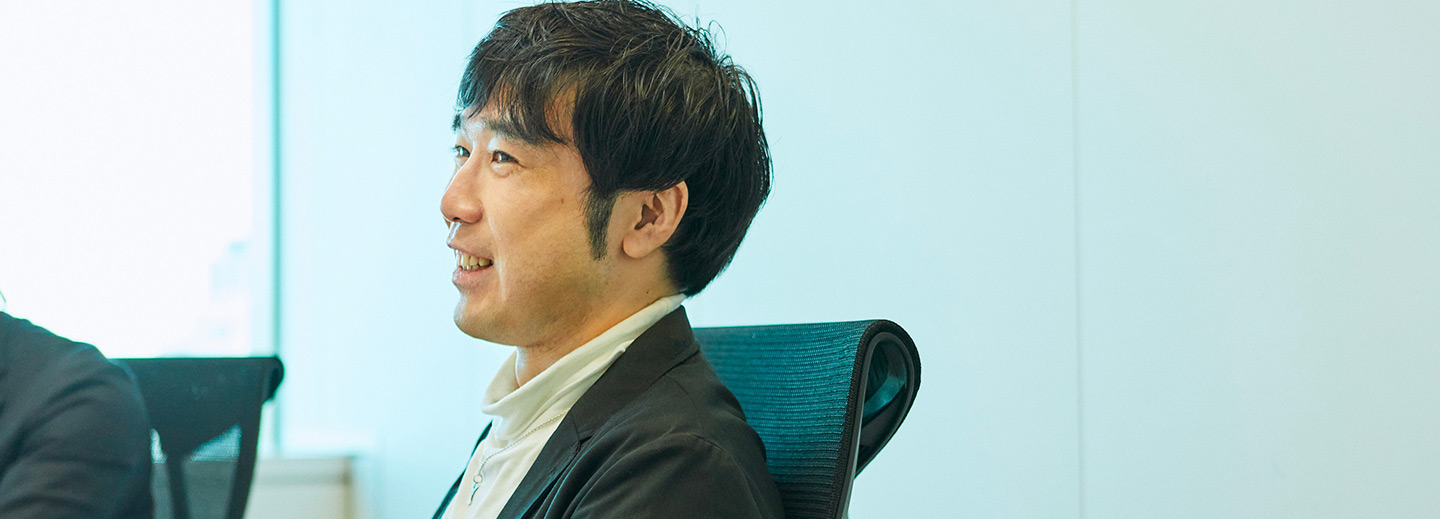
Kadooka: I have worked with Fujitsu on the launch of this project regarding the social implementation of AI. I had been involved in heart research for more than 15 years, including developing a heart simulator using a supercomputer. For the re-employment after retirement from Fujitsu’s main unit, I joined the AI research group that was considering the use of TDA to analyze ECGs. I had an acquaintance who suddenly died of heart disease, and I wanted to join Fujitsu’s mission to reduce the mortality rate from heart disease. Luckily, I met the wonderful Dr. Fujiu, which is why I am here.
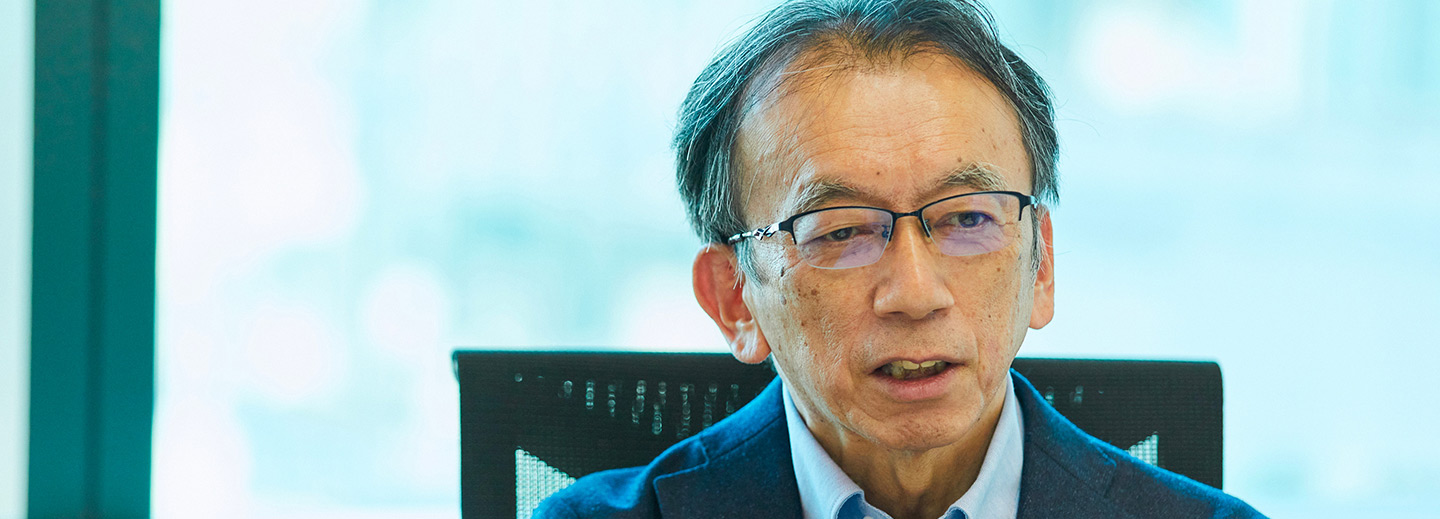
(*3) Topological data analysis (a technique for analyzing information obtained from the human brain and the five senses using topology, a branch of mathematics).
--What were the most important aspects of co-creation?
Umeda: Machine learning and deep learning are not all-purpose technologies that guarantee 100% results; how we use them affects the output levels of the results obtained. Dr. Fujiu understands these characteristics of AI, so our collaboration went smoothly.
Kadooka: Although I had been working on ECG analysis using AI before meeting Dr. Fujiu, I had been unable to make much progress. The only available teacher training data was open data from overseas, which was scant and in a non-uniform format. I felt I needed to work with a medical specialist, and that is how I came to collaborate with Dr. Fujiu.
Dr Fujiu is interested in AI, so his requests are realistic, and his advice on achieving our goals is accurate and helpful. Also, it is extremely useful that we can use the information on 640,000 patients that the University of Tokyo Hospital holds as teacher data.
Dr. Fujiu: It is expensive to store ECG information as raw digital data, so, most of the time, it is printed or converted to PDF files, and the original data is destroyed. I refused a request made at the University of Tokyo Hospital seven or eight years ago to convert the data because I thought it would be a valuable asset. As a result, we kept the past 20 years of ECG data in a unified format. With the cooperation of the Medical Information Department of the University of Tokyo Hospital, ECG digital information connects to AI via a server.
Frequently, data is kept in a proprietary database, but we believe that society benefits more when reliable professionals can use it. In terms of development speed and algorithmic thinking, working with Fujitsu’s top-level people has led to results that I could not have achieved on my own.
How tomorrow’s medicine is being co-created through medical-industrial collaboration
--What is the relationship and collaboration between AI and medical specialists?
Dr. Fujiu: The specialist physician on-site always makes the final decision about patient care, so I think AI will become a powerful support to physicians but not replace them. AI feedback to physicians will be a teacher to student relationship.
I believe that if doctors are shown the ECGs from trained AI, they will find possible cardiac diseases in patients without needing any further intervention, which is a great way to use the technology.
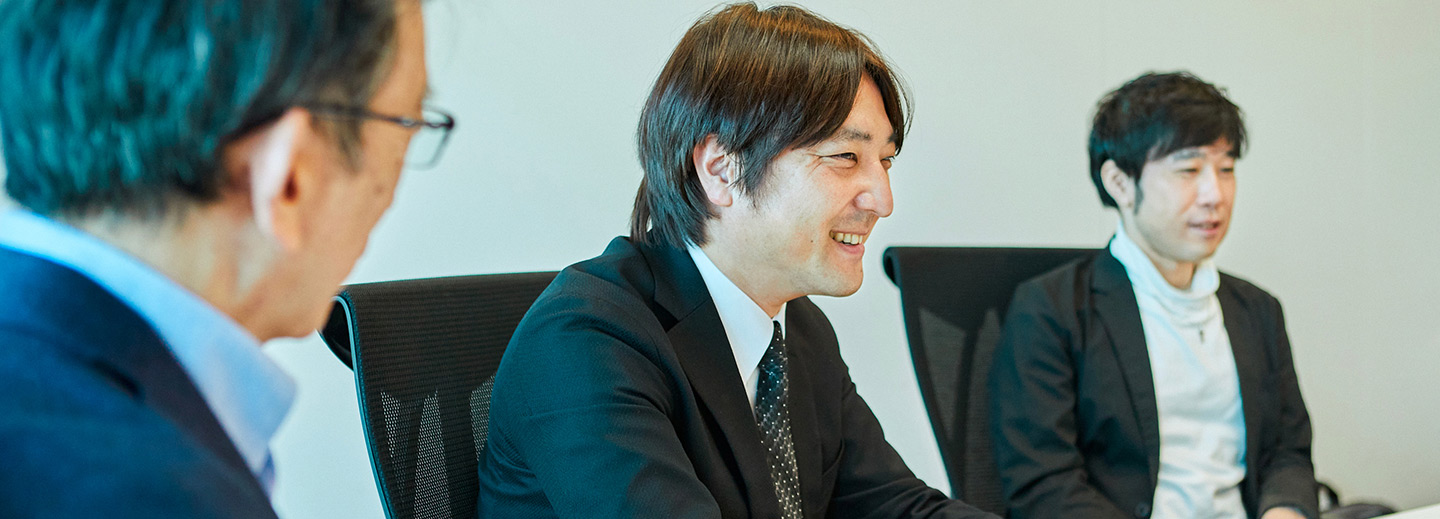
--Compared to the vision you have in mind, what level has the project reached at this stage?
Dr. Fujiu: Ultimately, we want to get to the point where we can provide full support to outpatient and medical checkup physicians, and we are just getting started, really. These doctors make decisions based on a synthesis of multiple pieces of information, including blood samples and X-rays, and the ECG is only one of these. While these tests provide a certain degree of accuracy, with more information, physicians can be more precise in their judgments.
Kadooka: Speaking as an engineer, I would say that the achievement rate is about 10%. I am careful with electrocardiograms, but I can only take measurements with the 12-lead electrocardiogram (*4) that I am currently working on while the patient is lying in bed in a hospital in a resting state. In contrast, wearable devices, such as smartwatches and wearable patches, can record ECGs 24 hours a day regardless of what a person is doing – providing they are wearing it. If we adopt this technology, we can even predict cardiac diseases, and I would very much like to work with Dr. Fujiu to make this a reality.
Umeda: If the work of our predecessors was equivalent to reaching the fifth station of Mount Fuji, I feel that we have finally moved on from there! As for improving accuracy, there are still many things to be done, such as visualizing the characteristics of the ECGs that are only visible to the AI currently.
(*4) Examination with a total of 10 electrodes at six locations on the chest and both wrists and ankles to obtain 12 waveforms.
--Finally, what are your thoughts on the benefits of AI for the world beyond this project?
Dr. Fujiu: One example of medical-engineering collaboration (*5) is large overseas hospitals with engineers on their staff who are available to cooperate with doctors. The University of Tokyo Hospital has also started a Biodesign program in partnership with Stanford University to train personnel to lead innovation in medical devices. As a result, I would like to think about AI in home healthcare and how that can connect with hospitals in the future.
I would also like to increase Japan’s global presence in the field of AI medical applications and focus on software for the individualized treatment of an individual so that we can at least be the leader in Asia.
Kadooka: I could have heart disease in the future. For example, when I am retired, I might have a checkup at the hospital, and the doctor might say, “The AI has shown that you are at a high risk for heart disease.” Then, I simply nod in agreement and follow the doctor’s instructions. I dream that the AI in my example is the one we are developing now, and I hope that, should such a scene materialize, my heart disease will be detected at an early stage so I can avoid serious illness. To make this scenario a reality, engineers need to know about medicine. We hold study sessions within the development team to ensure they have the knowledge necessary for conversations with doctors. I also believe that engineers in the medical field will fulfil unmet needs by seeing things through different eyes from doctors. I intend to be actively involved in enabling this so that society can benefit from this additional expertise.
Umeda: AI must be made easier to understand for people in the medical field. I would like to create a virtuous cycle in which the evolution of AI leads to the evolution of medical care, which, in turn, leads to the further development of AI and so on. In fact, this project has the potential, and we are determined to set a firm course to achieve it.
(*5) Medicine and engineering, which are academically related, should cooperate to solve problems
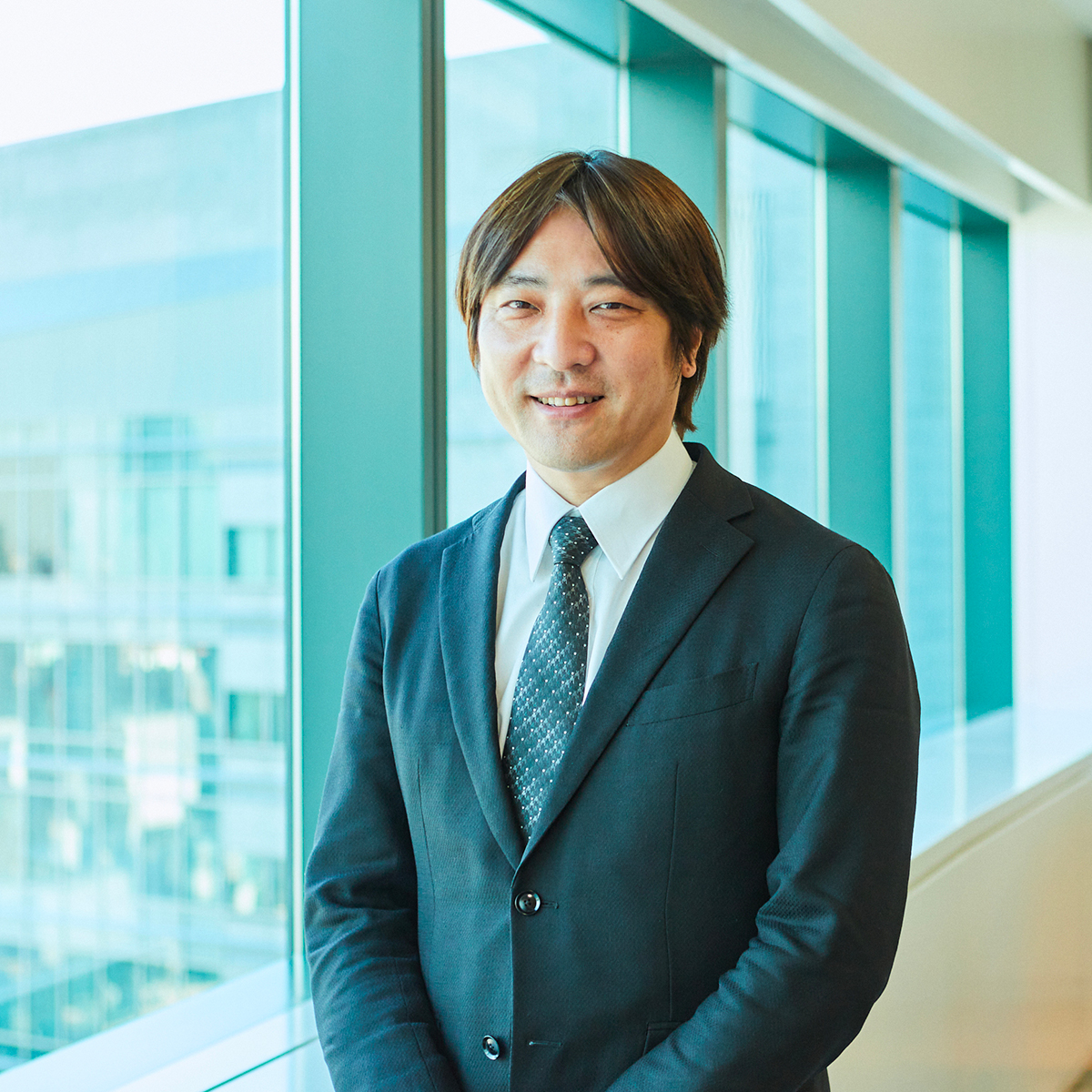
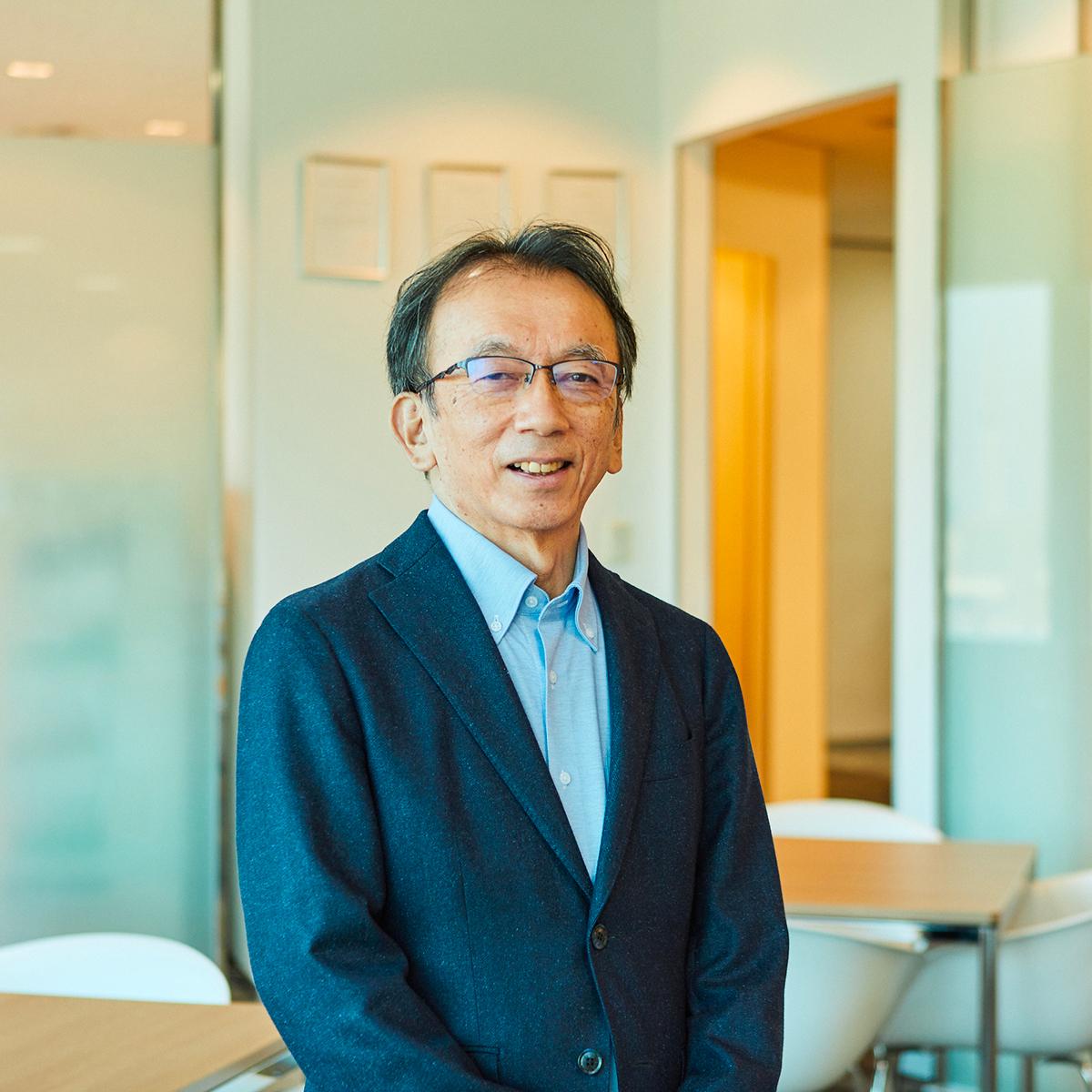
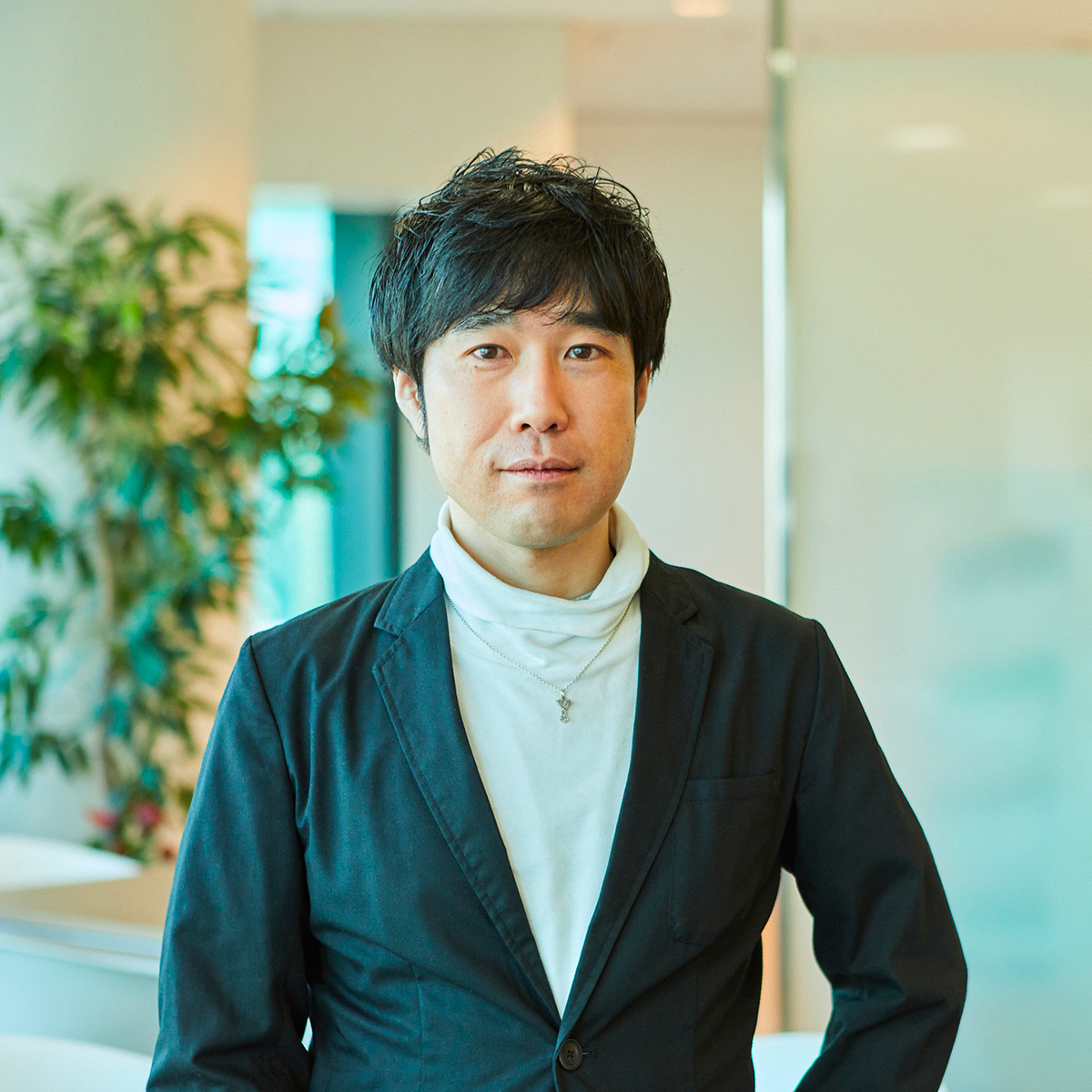
Editor's Picks





